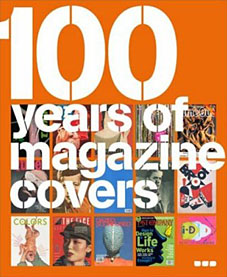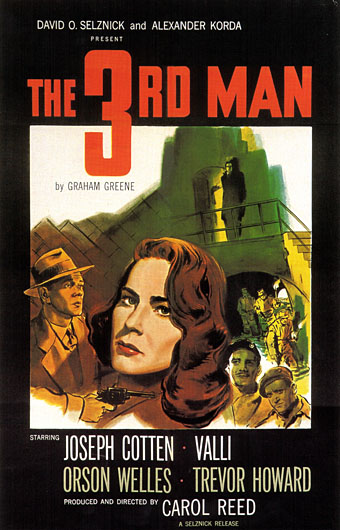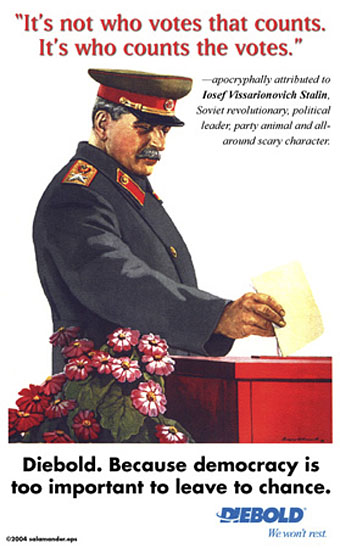From Black Dog Publishing. Words by Steve Taylor, design by Neville Brody.
If you pick up a copy of this week’s Heat magazine in 30 years time, think how funny it will seem. Our obsession with D list celebrities’ private lives, weight loss and reality TV shows, will become ridiculous in the light of tomorrow’s trends.
Magazines provide us with snapshots of moments in cultural history. Their disposable nature means that they have to sell quickly, and their covers vie for attention on the shelves with images of beauty, sex, shock, humour and celebrity; presenting our fears, desires and aspirations crudely and honestly. When looked at retrospectively, they become fascinating documents that can tell us more about our past self-image than any academic text.
100 Years of Magazine Covers shows the best of these snapshots from throughout the past century. With images from Vogue, Life, Time, The New Yorker, Mayfair, and more subversive publications such as Oz and Sniffing Glue, this book will appeal to anyone and everyone with an interest in popular culture.
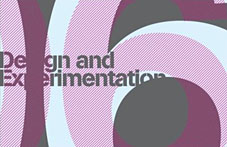
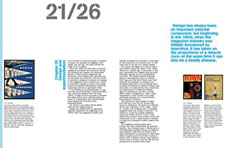
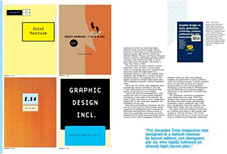
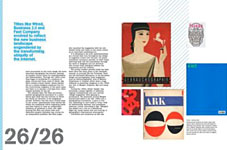
Previously on { feuilleton }
• It’s a pulp, pulp, pulp world
• A few thousand science fiction covers
• Vintage magazine art II
• Neville Brody and Fetish Records
• View: The Modern Magazine
• Vintage magazine art
• Oz magazine, 1967–73

